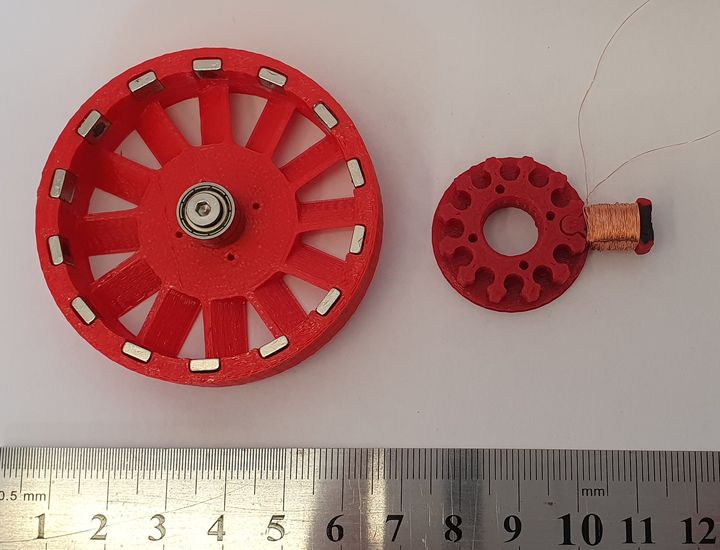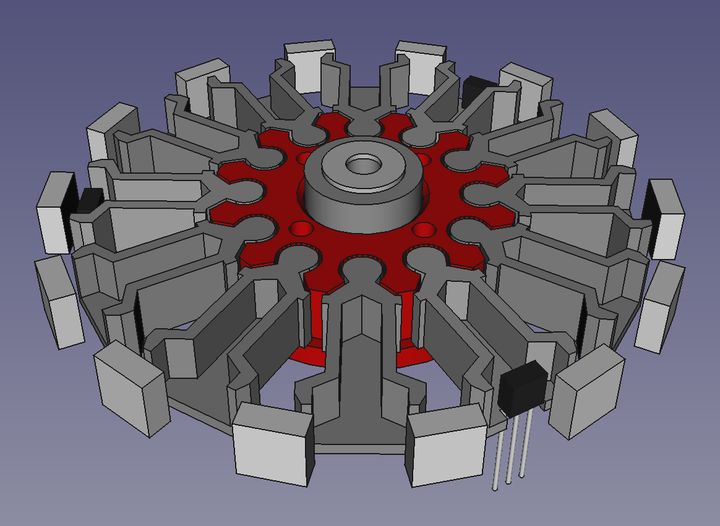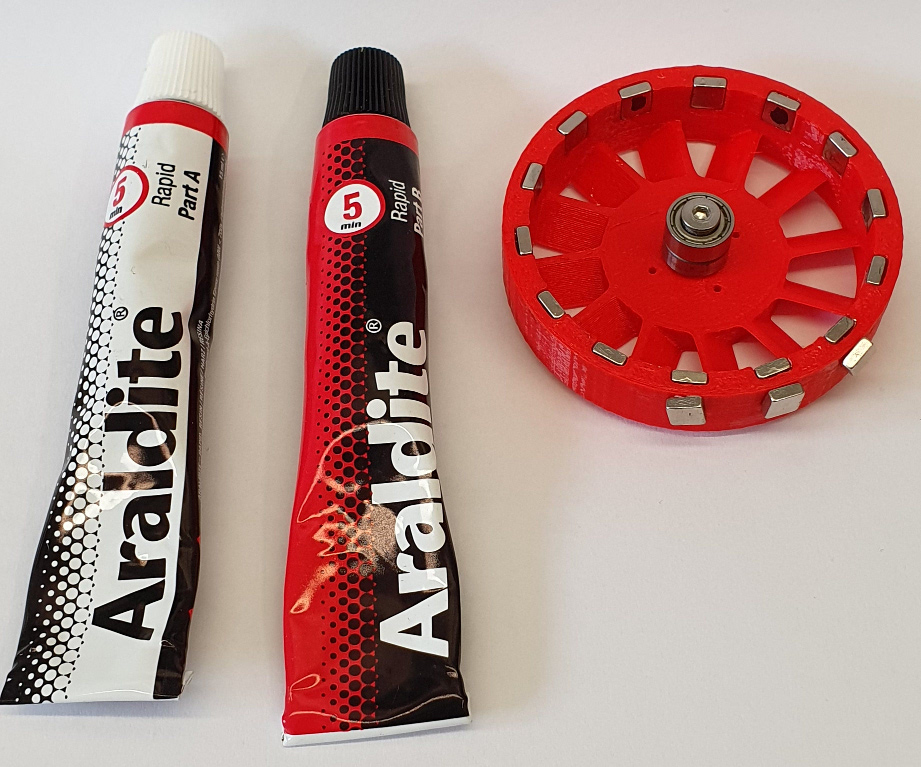
The folks at RepRap Ltd are working on an experimental 3D printed brushless DC electric motor.
The RepRap project was the organization that first popularized the notion of inexpensive desktop 3D printing by developing an experimental open source 3D printer design around 2006. The goal was to test the then-crazy notion that a 3D printer could reproduce itself — and aside from the electronics and a few metal bits, it succeeded.
Since then the design inspired the creation of multiple startup companies that capitalized on the concept and are among today’s leading 3D printer manufacturers.
The RepRap concept continues today, with ever-more-capable open source 3D printer designs developed by a large worldwide community. There’s also RepRap Ltd, a separate company operated by RepRap founder Adrian Bowyer where unusual experiments and thoughts on the technology are pursued. RepRap Ltd explains:
“RepRap Ltd was established in 2009 and specialises in research and development in self-replicating open-source 3D printing. We use RepRap 3D printers to research and to develop parts for 3D printers plus other useful technologies such as robotics and control systems.”
Recently RepRap Ltd published a story on their work to develop a 3D printed brushless DC electric motor.
While the project is still a work in progress, there seems to be quite a bit done at this point.
The motor is not entirely 3D printed; there are 14 neodymium magnets, coils of wire and three Hall-effect sensors.

That said, the stator magnets are actually made from a custom-developed ferromagnetic paste that sets solid and is then carefully wrapped with 0.1mm diameter wire in a coil. While this was done manually, I suspect it could be 3D printed using paste extruders in the future if one were to push the envelope further.
One problem encountered was that the neodymium magnets would jump out of their positions through magnetic attraction with their neighboring magnets while the glue had not set. In order to overcome this, a special procedure was undertaken. RepRap Ltd explains:
“The magnets are so strong that they will tend to pull each other out of their slots when the glue is still liquid. We prevented this by temporarily putting extra magnets round the outside, as shown.”

So far it seems the 3D printed electric motor has not yet been tested. However, the experiment is still ongoing, and I’m looking forward to further reports on progress.
Should this experiment succeed, it could lead to some interesting developments. In the original RepRap project the idea was to 3D print as many parts as possible, which usually meant the plastic components.
One of the components in the RepRap 3D printer design is stepper motors, which would normally be purchased separately. That’s because there was no way to 3D print stepper motors.
I’m wondering if 3D printed stepper motors is the goal of this research? That’s a long way from a basic brushless motor, but every journey begins somewhere. If a 3D printed stepper motor is feasible, then we have taken a further step towards enabling true 3D printer replication.
If you’d like to give this project a try, the open source design files (in FreeCAD) are available on GitHub.
Via RepRap Ltd and GitHub
